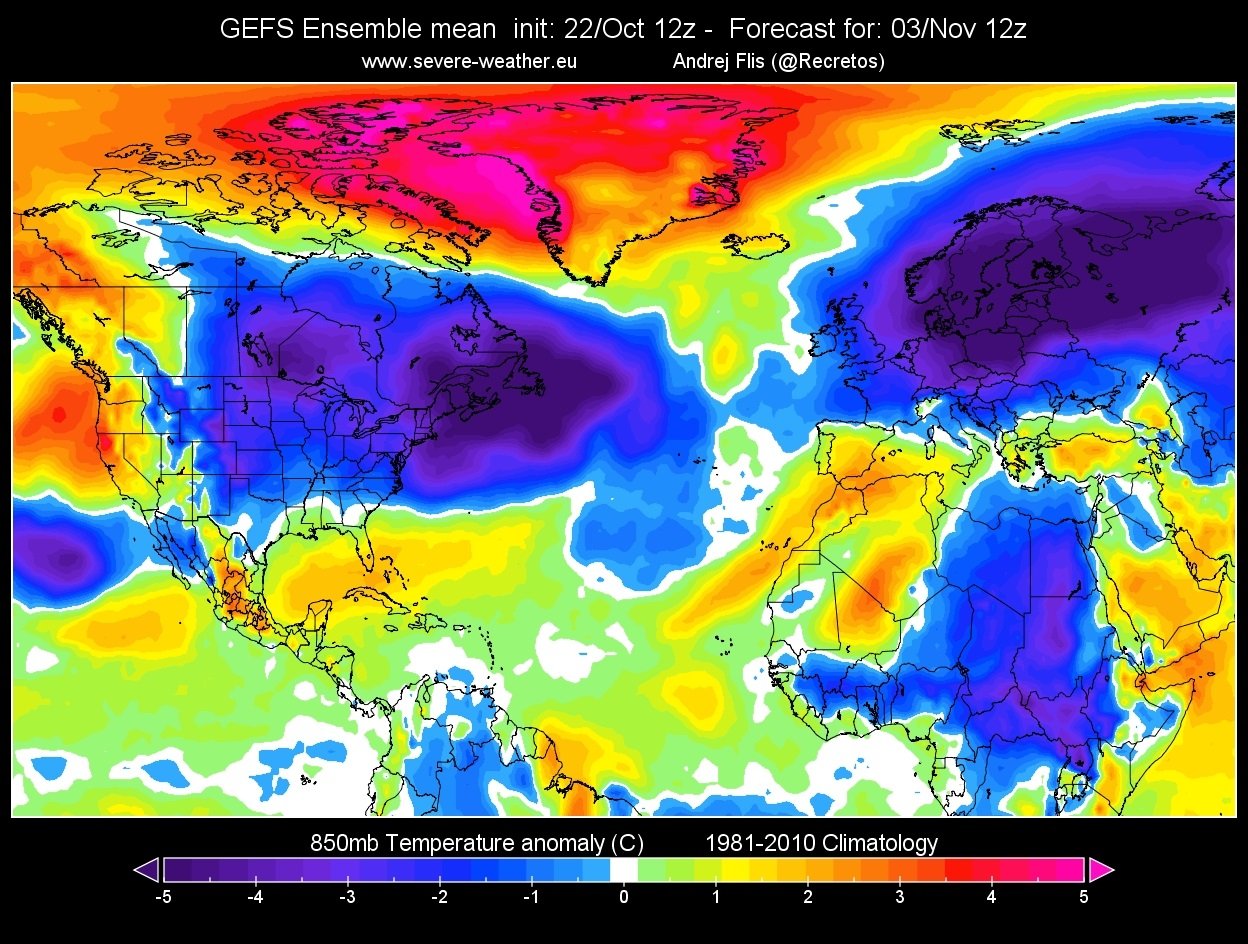Cold weather and snowfall are expected across the UK and US. The Met Office has issued warnings for snow and ice in the UK. The US faces a severe Arctic air outbreak.
The UK and the US are experiencing significant weather events, with cold temperatures and snowfall affecting various regions. This article provides an overview of the current weather conditions and forecasts based on recent reports.
UK Weather Overview
The UK has been experiencing cold conditions due to easterly winds and persistent cloud cover. Several regions have reported minimal sunshine in the past week. Specifically, areas from Brighton to Leeds have recorded zero hours of sunshine, contrasting sharply with north-west Scotland, which has seen approximately 40 hours of sunshine.
Snow and Ice Warning
A band of rain is expected to move in from the south-west, clashing with colder air in the east. This weather pattern is likely to bring wintry precipitation. The Met Office has issued a yellow weather warning for snow and ice, effective from 06:00 to 14:00 GMT on Saturday. Northern England, particularly the north-east, is expected to see snow, with accumulations of 2-5cm anticipated on the North York Moors and Northumberland. Freezing rain may also occur.
The weather warning highlights the potential for ice over the Pennines, especially above 200m (656ft), where freezing rain is possible. While widespread disruption from freezing rain is not expected, the public is advised to be aware of the potential hazards.
Snowfall Predictions
Some parts of the UK could see a barrage of snowfall. Maps from WXCharts indicate an icy front setting in across Scotland and Northern England. Snow flurries are also expected on the eastern England coast, including Suffolk and Norfolk. The snowy conditions are predicted to persist into early next week, with 19 counties across the UK potentially seeing snowfall of up to 4cm each hour, accumulating to depths of around 1cm. Temperatures are forecast to drop, with northern regions experiencing lows of -7C, while central and southern areas hover just below 0C.
US Weather Overview
The United States is bracing for the coldest burst of Arctic air this season. Meteorologists warn that this cold outbreak will impact much of the country, marking another significant polar vortex event.
Polar Vortex Impact
Arctic air is being pushed into the United States and Europe, marking the 10th such event this winter. In a typical winter, these events occur only two or three times. The latest cold outbreak is expected to first hit the northern Rockies and northern Plains before spreading eastward. Only the far American west and central and southern Florida are expected to be exempt from the cold.
The average low temperature for the Lower 48 states is projected to be 16.6 degrees Fahrenheit (minus 8.6 Celsius) on Tuesday, dropping to 14 degrees (minus 10 Celsius) on Wednesday. Approximately 89% of the contiguous United States is expected to be below freezing, with 27% of the Lower 48 falling below zero (minus 18 degrees Celsius).
Regional Impacts
Strong winds are expected to exacerbate the cold, with windchills potentially reaching 20 degrees or below in most states, excluding Hawaii, California, and Florida. Kansas, Nebraska, Missouri, and Iowa are anticipated to experience the most extreme cold, with temperatures as much as 35 degrees (19 degrees Celsius) below normal. NOAA weather models predict lows below zero in Oklahoma, Colorado, Nebraska, Missouri, Illinois, Iowa, Kansas, Wyoming, Montana, North Dakota, South Dakota, Minnesota, Wisconsin, and Michigan.
Potential storms, including those bringing flooding, heavy snow, or nor’easters, could occur during the prolonged cold outbreak, though specific details remain uncertain. The current atmospheric conditions are drawing cold polar air out of the Canadian Arctic, signaling a severe winter cold event.
Climate Change Context
Despite the cold winter in the U.S., the world remains in a warming pattern. Earth’s average overall temperature set a monthly heat record in January, marking the 18th month of the last 19 that the world has hit or exceeded the internationally agreed upon warming limit of 1.5 C (2.7 F) above pre-industrial times.
Sources: https://www.bbc.co.uk/weather/articles/c07k32gp3l4o
https://www.express.co.uk/news/weather/2014863/snow-uk-weather-warning-blizzard
https://apnews.com/article/cold-icy-polar-vortex-winter-freezing-850b99054b73770de43db1b1918ee8c5
